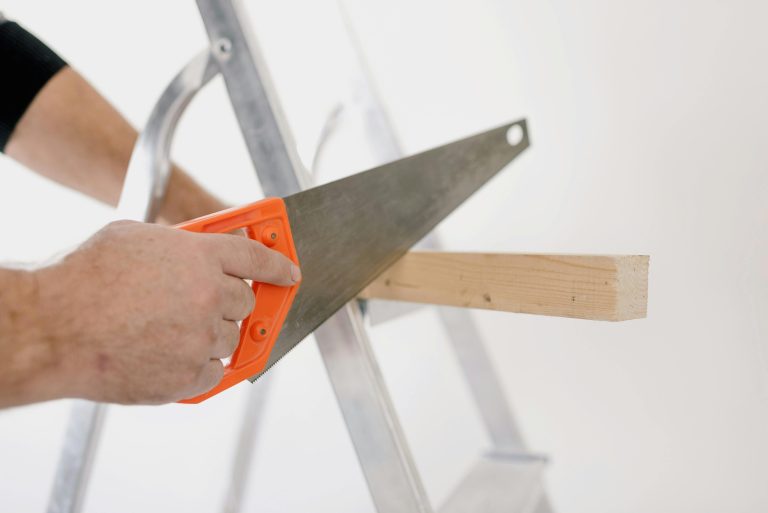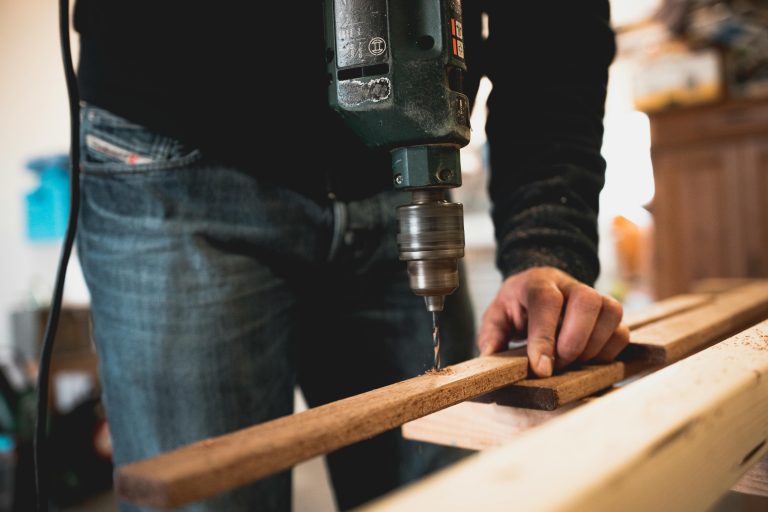An electric drill is a versatile tool that can greatly improve the efficiency and precision of your joinery work. To make the most of your drill while ensuring safety follow these essential tips:
- Choose the Right Bit: Use the appropriate drill bit for the material—wood, metal, or masonry. Sharp, high-quality bits reduce effort and produce cleaner holes.
- Set the Correct Speed: Adjust the drill’s speed setting based on the task. Lower speeds are ideal for drilling into hardwood or metal while higher speeds work well for softer woods.
- Secure Your Workpiece: Clamp or hold your material firmly to prevent movement while drilling. This ensures accuracy and prevents slips that could cause injury.
- Apply Steady Pressure: Keep a consistent, gentle pressure on the drill—don’t push too hard, which can damage the bit or cause the drill to bind.
- Wear Safety Gear: Always wear safety goggles to protect your eyes from wood chips or debris and consider ear protection if operating for extended periods.
- Check for Obstacles: Before drilling, verify there are no hidden wires, pipes, or nails in your work area to avoid accidents or damage.
- Unplug When Changing Bits or Adjusting: Always disconnect the drill from the power source when swapping bits or making adjustments to prevent accidental activation.
By following these tips, you’ll ensure your drilling is safe, accurate and efficient—giving your joinery projects a professional finish every time.




